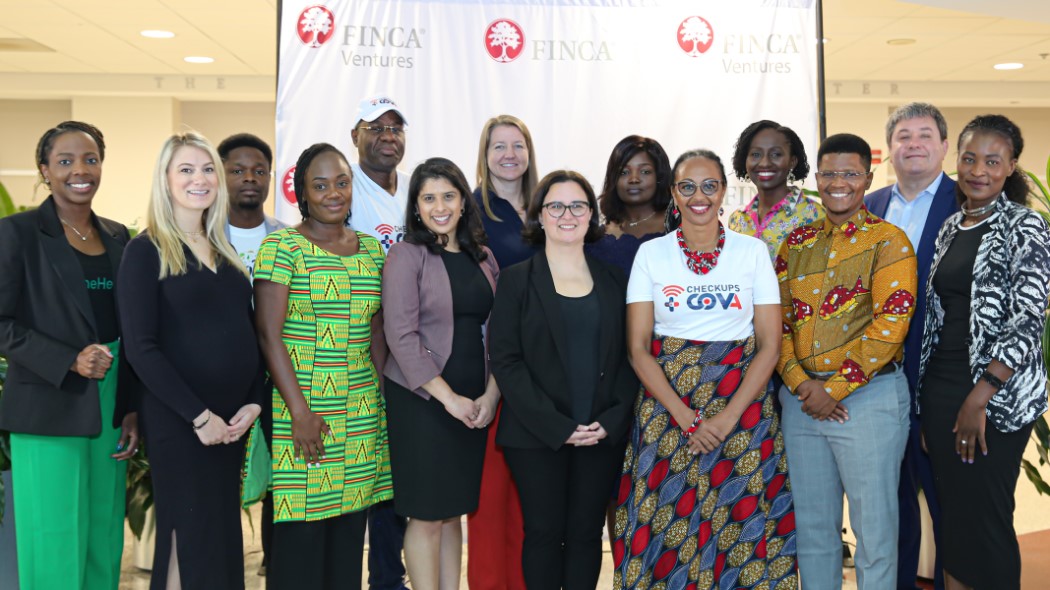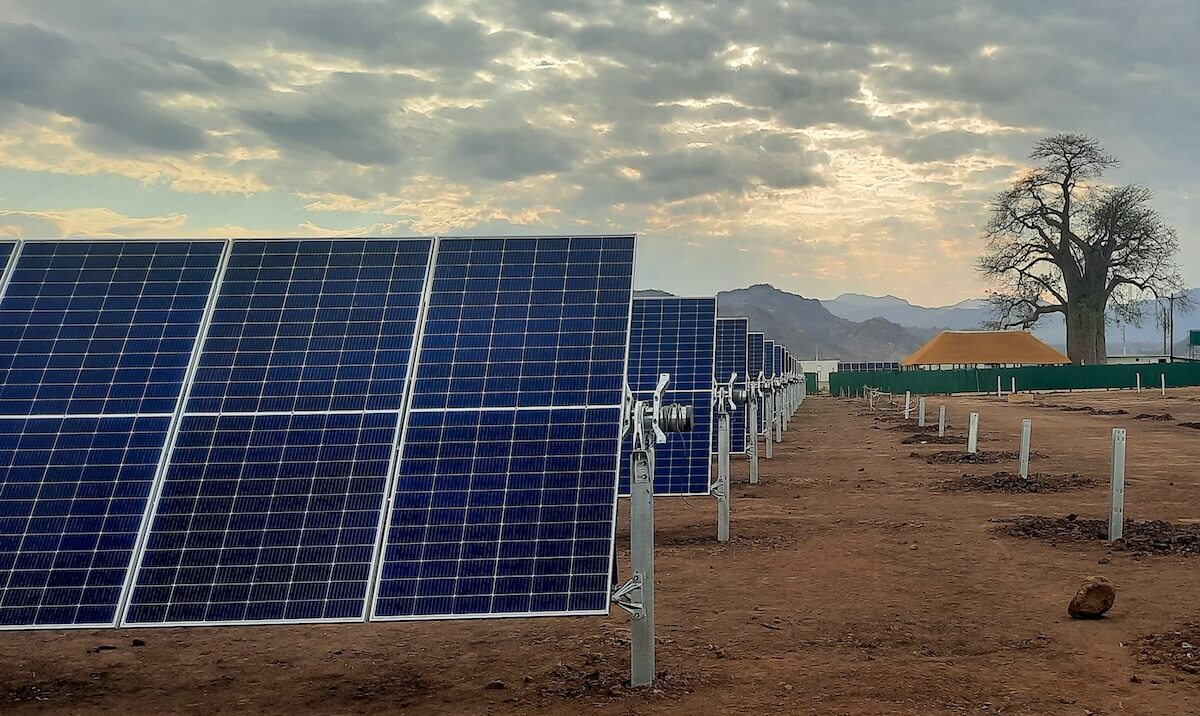Solar Mosaic Inc.’s successful fundraising from the “crowd” for solar-electricity installations in California last month demonstrated the real value a potentially large number of individual investors place on social returns and environmental benefits.
The deals, which financed rooftop solar installations, were billed as pilot projects to test a promising financing model. Over time, the model could offer financing for other investments that produce social benefits as well, such as energy efficiency and land and water preservation.
The three Mosaic projects, which raised more than $225,000 for installations at affordable housing communities, sold out in less than 24 hours and attracted a raft of positive media. Bloomberg’s headline touted “Solar Mosaic’s Crowdfunding Beats Treasuries with 4.5% Return.”
Notes on solar rooftop projects are not Treasuries, of course. How good an investment Solar Mosaic’s notes represent depends not only on your estimate of the risks, but also on your valuation of the social and environmental returns from the solar electricity projects enabled by this new source of financing.
“We allow small investors to make direct investments in clean energy infrastructure, basically ‘investing like Warren Buffet,’” says Steven Richmond, Solar Mosaic’s chief financial officer. “And like Warren Buffet, our investors are of a ‘buy and hold’ mindset, and are willing to trade liquidity for access to direct, small-sized investments in vetted solar projects.”
Investors purchased notes issued by Solar Mosaic that pay 4.5 percent and mature in 8 to 9 years. Mosaic sold notes for projects ranging from 55 kW to 102 kW, or between $40,000 and $95,000, to equip affordable housing units with photovoltaic (PV) panels.
Non-accredited investors in California and New York were able to invest as little as $25, while investors in other states were required to be “accredited investors.”
Addressing Market Inefficiencies
Mosaic turned to crowdfunding to address a market gap in small commercial solar projects (under 100 kW).
“There are large inefficiencies for the project sizes/types we currently fund,” Richmond says. “More sophisticated institutions are interested in deal sizes above $10 million. Smaller institutions typically have a skills gap in terms of looking at solar project finance and won’t do these types of deals.”
The numbers for the kind of Power Purchase Agreement (PPA) financing common for larger projects don’t pencil out for small projects. Small projects have high fixed transaction costs (for example for customer credit analysis) combined with low utility incentives for solar electricty production. Additionally, commercial electricity rates are low relative to residential rates. This adds up to project margins that make it hard to offer market rates of return to project investors, while also offering customers savings on electricity bills.
Mosaic’s lower cost of capital can help make more deals work. Currently, only 15 percent of commercial projects under 100 kW are financed in California, where the Mosaic projects are located, according to data from the California Solar Initiative (CSI), versus 55 percent for projects larger than 100kW.
On its Web site, Mosaic highlights information regarding the environmental benefit of the projects. For a 78kW project at an affordable housing project in Salinas, Solar Mosaic notes, “This solar project is estimated to produce the carbon equivalent of recycling 27 tons of waste instead of sending it to the landfill.” Mosaic encourages people to spread the word about its opportunities through social media.
Risk and Return
Assessing the risks and returns of the Solar Mosaic notes suggests preliminary conclusions about investors’ valuation of the “social returns” they expect along with their financial returns. The yield on 10-year Treasuries is currently about 2.0 percent; the Mosaic notes yield 4.5 percent. Does the higher yield of Mosaic notes adequately compensate investors for their additional risk?
The Mosaic notes may be thought of as “mirror notes,” because they mirror a loan made by Mosaic to the owner of the photovoltaic system. The owner of the PV system receives payment from the affordable housing community under a PPA for the energy produced by the system. The owner then uses this cash to make its loan payment to Mosaic which in turn uses the cash to pay the noteholders. Mosaic charges the owner of the PV system 5.5 percent on its loan, keeping 1 percent to help cover its own costs.
An important difference between the two mirror notes is that the loan from Mosaic to the system owner is secured by the assets of the project and the PPA, while the crowdfunded notes themselves are not secured. That is, if the owner of the system doesn’t pay its loan, Mosaic can take the assets pledged to secure the loan. However, the notes that were crowdfunded are unsecured notes of Mosaic.
This introduces Mosaic credit risk to the transaction. Mosaic is planning to raise its own Series B round of $10 million this year, according to VentureWire. The crowdfunded notes have all the risks of the loan Mosaic made to the owner of the system, plus the unsecured credit risk of Mosaic. If Mosaic goes out of business during the 8 to 9 years that the notes are outstanding, noteholders may not receive their payments.
“If we (Mosaic) were to become subject to a bankruptcy or similar proceeding, the rights of the holders of the Notes could be uncertain, and the recovery, if any, of a holder on a Note may be substantially delayed and substantially less than the amounts due,” the prospectus states.
(Editor’s note: Lisa Curtis, Mosaic’s communications director, provided additional information after publication: “Mosaic has recently taken steps to protect our investors in the unlikely case that Mosaic is unable to continue servicing loans for any reason. Specifically Mosaic has entered into a backup servicing and successor agreement with Portfolio Financial Servicing Co. (www.pfsc.com) that would ensure the servicing of all issued loans.”)
If we assume that 5.5 percent is the market rate for this loan, and that 1 percent is a reasonable fee for Mosaic’s structuring work, then the 4.5 percent offered to investors should be increased to compensate them for Mosaic’s own credit risk, but this is not the case.
Valuing Social Returns
By buying notes at 4.5 percent rate, investors are telling the market that they are receiving benefits to this investment that are not reflected in the interest rate, assuming that investors are making rational decisions. These non-financial benefits are the social returns investors are receiving.
Another way to think about the value of the social return is to consider two hypothetical investments side-by-side. The two deals have identical terms, risk, maturity and structure. Both pay 4.5 percent. One investment is to fund a solar project on a local affordable housing community; the other is to fund a factory that makes, say, socks. Which one do you want to invest in – and tweet about to your friends?
For most people, the return on the sock factory would have to be higher than the return on the solar project in order to tip the scales on that investment. That market difference in rates is the social value investors are placing on the solar projects.
Social return is the non-financial benefit investors receive. It represents the value investors in these notes ascribe to positive externalities such as contributing to a better environment, investing in local projects, providing clean energy to affordable housing communities and funding distributed generation. Effectively, Social Return = Risk Adjusted Market Return – Stated Return.
In essence, Mosaic has monetized social returns for the benefit of their projects.
Mosaic officials resist the notion that investors are taking a discount to market rate returns or that their notes require a calculation of “social return” to make the investment work. Richmond argues 4.5 percent is a standard market rate for an investment in a low-risk asset like solar. The notes did sell out in 24 hours.
“PG&E bonds with maturities similar to our Notes trade at 3.75 percent, and banks will lend to similar types of solar projects at (four percentage points) over the10-year Treasuries,” or 5 to 6 percent, Richmond says.
In my view though, given the additional risk of the crowdfunded notes, investors are buying more than a 4.5 percent coupon. They are also buying social value. This is a good thing. Mosaic has found a way to monetize social returns. Their offerings internalize the positive externalities the projects create. It is the flip side of the efforts to incorporate in the price of fossil fuels their full social costs, or negative externalities.
Are investors making bad decisions? I would strongly argue the answer is no: They are making rational investment choices based on the full value of the range of returns they can expect.
Mary Kathryn Lynch is an independent consultant focusing on renewable energy finance and policy. Prior to her work in this sector, she spent 15 years as an investment banker and credit analyst.










